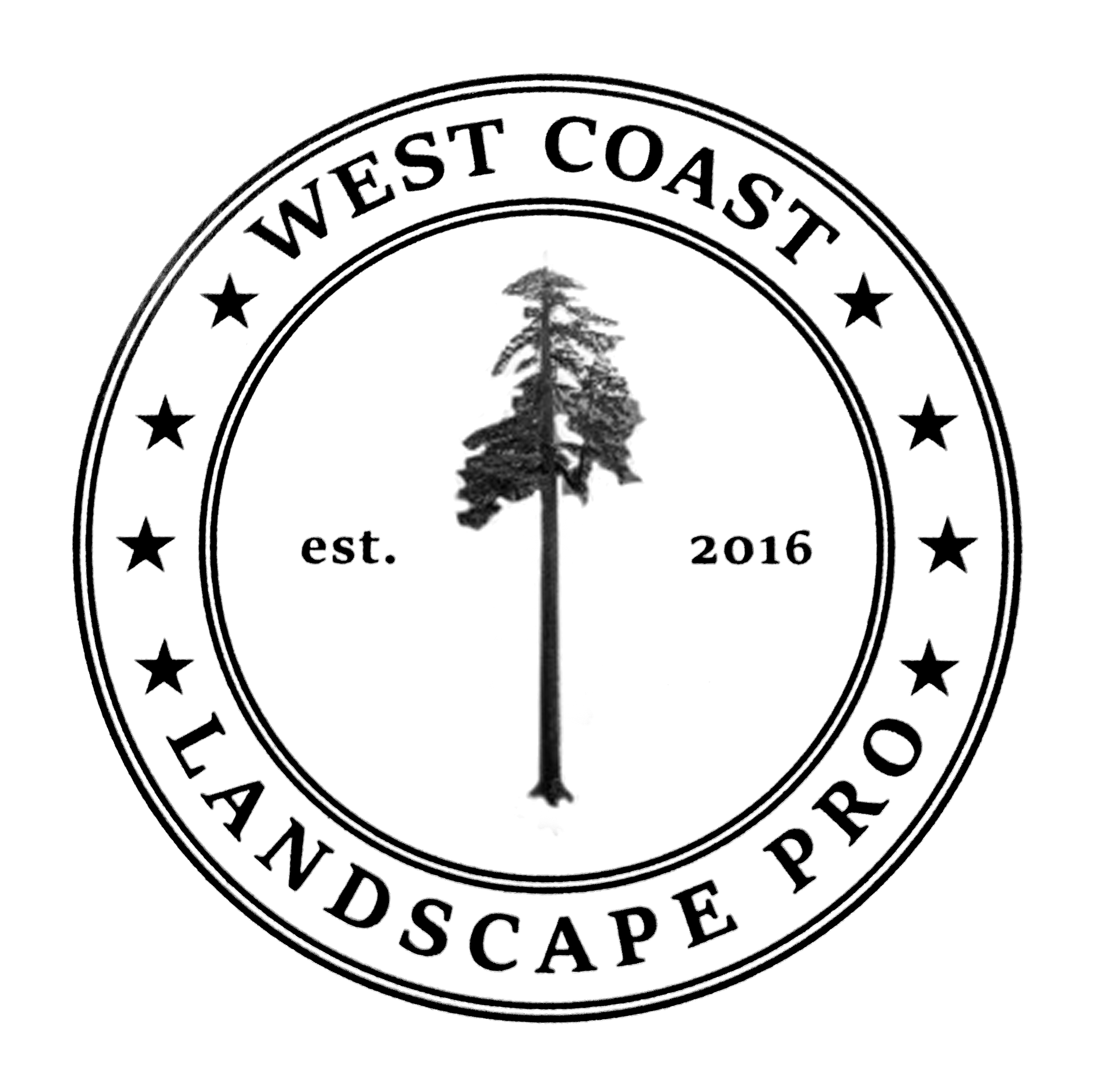Finding the mother tree
If you’re like me, you discovered Suzanne Simard’s work in Peter Wohlleben’s best-seller “The secret life of trees.” This book is a must-read for anyone interested in trees, nature or the environment. It will revolutionize the way you look at trees.
This is the key idea: Dr. Simard’s research showed that trees collaborate, share resources and help each other. Until now, it was assumed that trees in our forests only competed for resources. It took a while for forest professionals to accept this idea.
The collaboration is possible with the help of soil fungi or mycorrhiza which form relationships with tree roots.
Wohlleben refers to this tree collaboration as “perfect communism”.

The wait is over
Now Dr. Suzanne Simard has published her own book, “Finding the mother tree.” So I did something I rarely do, I bought the audio version and the hardcover book. The audio is perfect for listening while I work in the landscape; and the physical book allows me to see pictures and key references, which are a treasure by themselves.
The book nicely follows Simard’s evolution as a scientist and fills in personal details. When she talks about attacks on her credibility, I am reminded of Hope Jahren‘s book “Lab girl“. Here is another forest researcher who struggled for acceptance in male dominated academia. Incidentally, I also recommend that you read this book.

This much we know
Trees collaborate, share resources and communicate through fungal networks. Simard showed that mother trees take care of their off-spring and can recognize “strangers” nearby. But that doesn’t mean the other species don’t get help. They do, because the overall health of the forest is important.
What’s really fascinating is the latest research on mother trees. What if you identify mother trees and leave them alone during forest harvesting? Does the forest regenerate better?
Five stars
I really enjoyed Simard‘s book. It shows how her research evolved, what it took, and along the way we get to know her as a person, scientist, wife and mother.
Her discovery revolutionized our understanding of forests: trees aren’t solitary, competitive machines. Using their relationship with mycorrhiza, trees communicate, share and help each other. This is why destroying forest soils is a bad idea.
The critical resources section at the back of the book is a treasure, by itself well-worth the C$25 I paid for the book. It’s a steal, really.
Five stars!!

